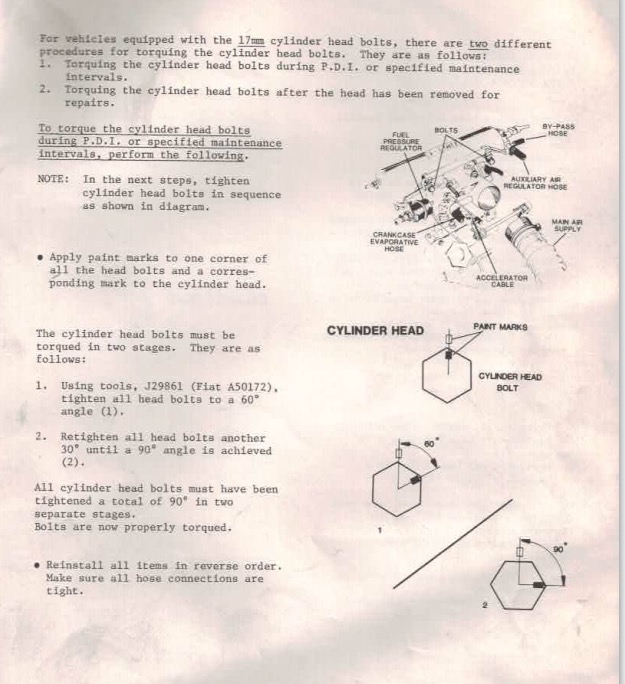I think if you just do the best you can to verify that the existing springs are within spec, that would be fine for the application.
The shop manual has specs on p 10-54 for free height, an intermediate height (probably installed/closed) and a lowest height (probably installed/open). The free height spec can be easily checked with a caliper, and if you wanted to test for the compressed specs, and you do not have access to a valve spring tester, you would have to rig up some sort of jig and have some free weight barbells collecting dust in the basement

to check the installed heights.
I'm guessing that a regrind cam is going to need shims that are either going to be on the high end of, or thicker than, the stock range of 3.70mm to 4.70. My machine shop buddy has three trays of valve clearance shims with a lot of the fatter ones, so let me know if you need any and I will check if he has the sizes you need.
I get the impression that you are going to be doing the cam change and the valve seals with the cyl head in-place, something that is very doable if you use an air chuck adapter to pressurize the cyl or if you use the "rope trick" to fill the cyl to support the valve head while removing the spring. I find that the really strong magnets that they sell at Lowes Depot are handy for keeping the tappets and the shims in place in the cambox while removing and later reinstalling the cambox onto the top of the cyl head.
Of course since you need to remove the cam belt for this job, best to replace the belt and the tensioner bearing, cam box-to-cam oil seals and the two gaskets.



